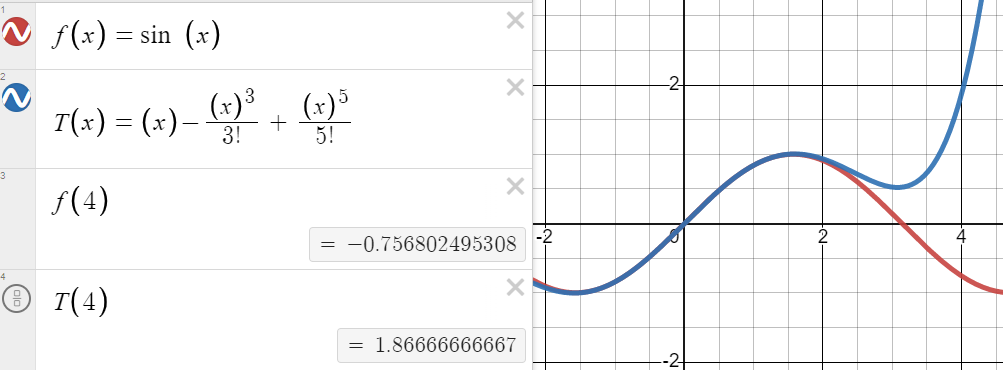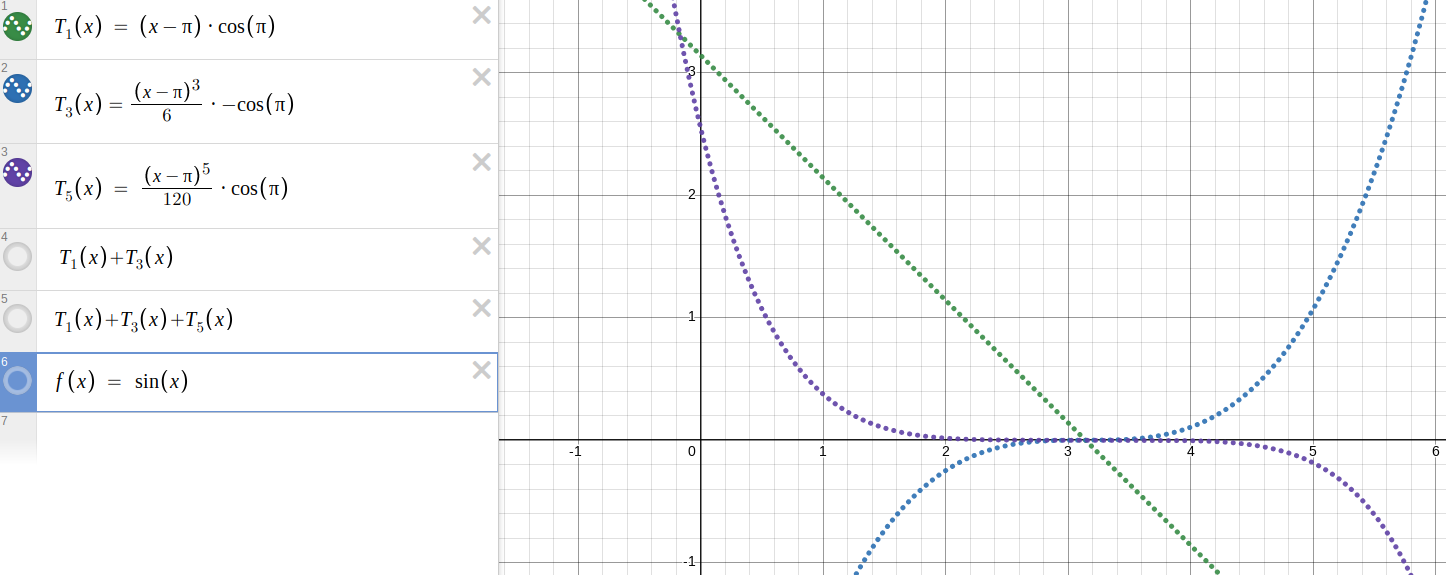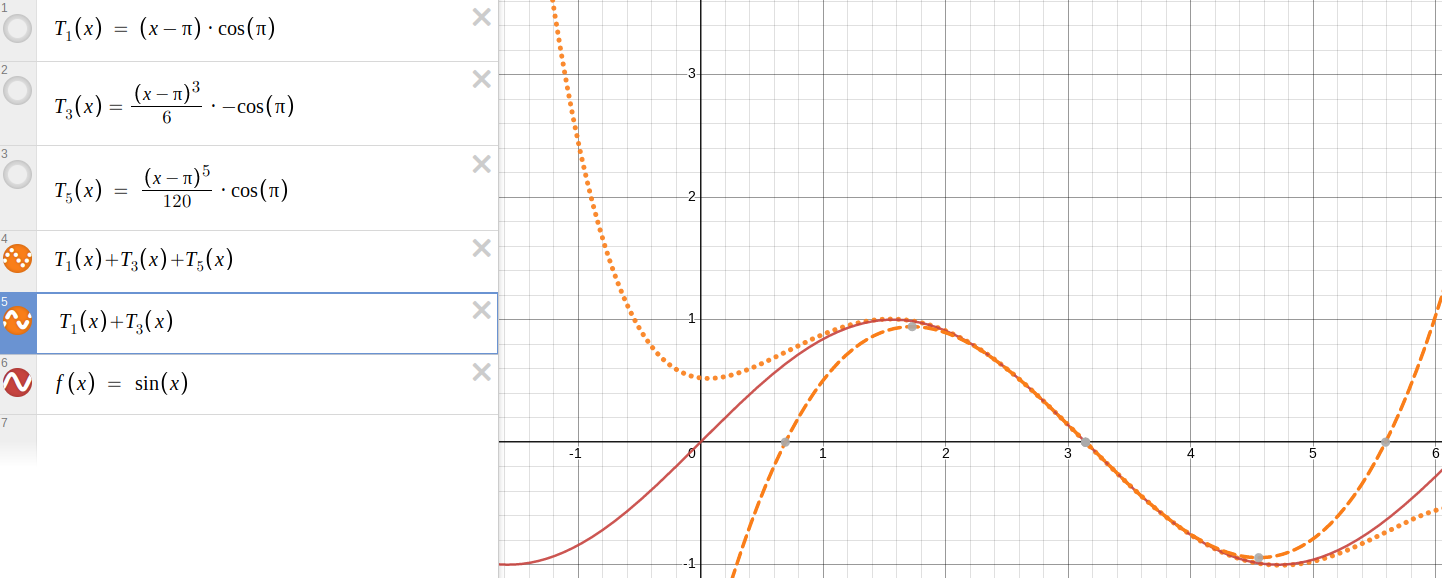Mark Dominus (陶敏修)
mjd@pobox.com

Archive:
| 2025: | JFMAMJ |
| JAS | |
| 2024: | JFMAMJ |
| JASOND | |
| 2023: | JFMAMJ |
| JASOND | |
| 2022: | JFMAMJ |
| JASOND | |
| 2021: | JFMAMJ |
| JASOND | |
| 2020: | JFMAMJ |
| JASOND | |
| 2019: | JFMAMJ |
| JASOND | |
| 2018: | JFMAMJ |
| JASOND | |
| 2017: | JFMAMJ |
| JASOND | |
| 2016: | JFMAMJ |
| JASOND | |
| 2015: | JFMAMJ |
| JASOND | |
| 2014: | JFMAMJ |
| JASOND | |
| 2013: | JFMAMJ |
| JASOND | |
| 2012: | JFMAMJ |
| JASOND | |
| 2011: | JFMAMJ |
| JASOND | |
| 2010: | JFMAMJ |
| JASOND | |
| 2009: | JFMAMJ |
| JASOND | |
| 2008: | JFMAMJ |
| JASOND | |
| 2007: | JFMAMJ |
| JASOND | |
| 2006: | JFMAMJ |
| JASOND | |
| 2005: | OND |
Subtopics:
| Mathematics | 245 |
| Programming | 99 |
| Language | 95 |
| Miscellaneous | 75 |
| Book | 50 |
| Tech | 49 |
| Etymology | 35 |
| Haskell | 33 |
| Oops | 30 |
| Unix | 27 |
| Cosmic Call | 25 |
| Math SE | 25 |
| Law | 22 |
| Physics | 21 |
| Perl | 17 |
| Biology | 16 |
| Brain | 15 |
| Calendar | 15 |
| Food | 15 |
Comments disabled
Fri, 09 Jun 2023
Math SE report 2023-05: Arguments that don't work, why I am a potato, and set theory as a monastery
How to shift a power series to be centered at !!a!!?
OP observed that while the Taylor series for !!\sin x!!, centered at zero, is a good approximation near !!x=0!!, it is quite inaccurate for computing !!\sin 4!!:

They wanted to know how to use it to compute a good approximation for !!\sin 4!!. But the Taylor series centered around !!4!! is no good for this, because it only tells you that when !!x!! is close to !!4!!, $$\sin x \approx \sin 4 + (x-4)\cos 4 + \ldots, $$ which is obviously useless: put !!x=4!! and you get !!\sin 4 = \sin 4!!.
I'd written about Taylor series centering at some length before, but that answer was too long and detailed to repeat this time. It was about theory (why do we do it at all) and not about computation.
So I took a good suggestion from the comments, which is that if you want to compute !!\sin 4!! you should start with the Taylor series centered around !!π!!:
$$\begin{align} \sin x & \approx \sin \pi + (x-\pi)\cos \pi - \frac{(x-\pi)^2}{2}\sin \pi - \frac{(x-\pi)^3}{6}\cos \pi + \ldots \\ & = -(x-\pi) + \frac{(x-\pi)^3}{6} - \frac{(x-\pi)^5}{120} + \ldots \end{align} $$
because the !!\sin \pi!! terms vanish and !!\cos \pi = -1!!. I did some nice rainbow-colored graphs in Desmos.


I just realized I already wrote this up last month. And do you know why? It's because I copied this article from last month's, forgot to change the subject line from “2023-04” to “2023-05”, and because of that forgot that I was doing May and not April. Wheeee! This is what comes of writing blog articles at 3 AM.
Well anyway, continuing with May, we have…
Rational solutions for !!x^3+y^3=1!! where both x and y are non-negative
OP wanted solutions to $$x^3 + y^3 = 1,$$ and had done some research, finding a relevant blog post that they didn't understand, which observed that if !!x!! and !!y!! were solutions, so too would be certain functions of !!x!! and !!y!!, and this allows an infinite family of solutions to be developed if one knows a solution to begin with.
Unfortunately, there are no nontrivial rational solutions to !!x^3 + y^3 = 1!!, as has been known for some time. The blog post that OP found was discussing !!x^3 + y^3 = 9!!, for which !!\langle x, y\rangle = \langle 1, 2\rangle !! is an obvious starting point.
OP asked a rather odd question in the comments:
Why is !!(0, 1)!! not a start?
Had they actually tried this, they would have seen that if they started with !!\langle x, y\rangle = \langle 0, 1\rangle !!, when they computed the two functions that were supposed to give them another solution, they got !!\langle 0, 1\rangle !! back again. I told OP to try it and see what happened. (Surprising how often people forget this. Lower Mathematics!)
This reminds me a bit of a post I replied to long ago that asked why we can't use induction to prove the Goldbach conjecture. Well, what happens when you try? The base case is trivial, so far so good. The induction case says here you go, for every even number !!k < n!! I give you primes !!p_k!! and !!q_k!! with !!p_k+q_k = k!!. Your job is to use these to find primes !!p_{k+2}!! and !!q_{k+2}!! with !!p_{k+2}+q_{k+2} = k+2!!. Uhhh? What now?
Proving !!n(n^2+5)!! is always even
Mathematicially this is elementary, but the pedagogy is interesting.
OP had already proved this by considering even and odd cases separately, but wanted to know if an induction proof was possible. They had started one, but gotten stuck.
Three people, apparently not reading the question, provided proofs by considering even and odd cases separately. One other provided a proof by induction that was “a bit hairy”. But I think a better answer engages with OP's attempt at an induction proof: Instead of “here's a way it could be done”, it's better to provide “here's how you could have made your way work”.
I used a trick, which is that instead of taking !!\Phi(x)!! to mean “!!f(x)!! is even”, and proving !!\Phi(x)!! for all !!x!! by induction, I took !!\Phi(x)!! to mean “!!f(x)!! is even and !!f(x+1)!! is also even”. You have to prove more, but you have more to work with. For a similar approach to a similar problem, see Proof that every third Fibonacci number is even.
The key feature that makes this a good answer is where it says:
For !!f(n+2)!! we will use your method. …. Subtracting !!n(n^2+5) = n^3 + 5n!! as you suggested ….
It's important to point out to the student when their idea would have worked. This is important in code reviews too. The object is not to make the junior programmer do it the same way you would have, it's to help them make their own idea work well. I ought to write an article about that.
Is an argument valid if assuming its premises and conclusion leads to no contradiction?
This was one of those questions where OP proposed some logical principle that was totally invalid and asked why it isn't allowed, something about why you can't assume the conclusion and show that it satisfies the required properties.
It's a curious question because there's such a failure of instruction here: OP has not grasped what it means to be a valid deduction, that the logic used in mathematics is the same logic that is used everywhere else, and that mathematical arguments are valid or invalid for the same reasons that those same arguments are valid or invalid when thinking about anything else: the invalid arguments lead you to the wrong conclusions!
Anyway, I don't want to quote my whole answer here, but you should check it out, it's amusing. OP didn't like it though.
Proving or disproving that if !!A^2X=λ^2X!! then !!AX=λX!!
OP did like this one, and so do I, it's hilarious. The question is apparently something about linear transformations and eigenvalues and stuff like that, which I never learned as well as I should have, owing to my undergraduate linear algebra class being very poor. (Ugh, so many characteristic polynomials.)
Someone else posted a linear algebra (dis)proof which was very reasonable and which got several upvotes. But I realized that this is not actually a question about eigenvalues! It is elementary algebra: If you have an example where !!A^2X=λ^2X!!, then !!-\lambda!! has this property also and is a counterexample to the claim. OP was pleased with this and accepted my answer instead of the smart one with the upvotes.
This kind of thing is why my Math SE avatar is a potato.
Can we treat two equal sets as being distinct mathematical objects?
There was an answer to this that I felt was subtly wrong. It said:
The axiom that answers your question is known as Extensionality: Sets are uniquely determined by their elements.
and then started talking about ZFC, which seems to me to be an irrelevant confusion.
The formal idea of sets comes from the axioms, but the axioms themselves come from a sort of preformal idea of sets. We want to study what happens when we have these things-that-have-elements, and when we ignore any other properties that they might have. The axiom is just a more formal statement of that. Do sets have properties, such as identities, other than their elements? It's tempting to say “no” as this other person did. But I think the more correct answer is “it doesn't matter”.
Think of a monastery where, to enter, you must renounce all your worldly possessions. Must you legally divest yourself of the possessions in order to enter the monastery? Will the monks refuse you entry if, in the view of the outside world, you still own a Lamborghini? No, they won't, because they don't care. The renunciation is what counts. If you are a monk and you ask another monk whether you still own the Lamborgini, they will just be puzzled. You have renounced your possessions, so why are you asking this? Monks are not concerned with Lamborghinis.
Set theory is a monastery where the one requirement for entry is that you must renounce your interest in properties of sets other than those that come from their elements. Whether a set owns a Lamborghini is of no consequence to set theorists.
[Other articles in category /math/se] permanent link


